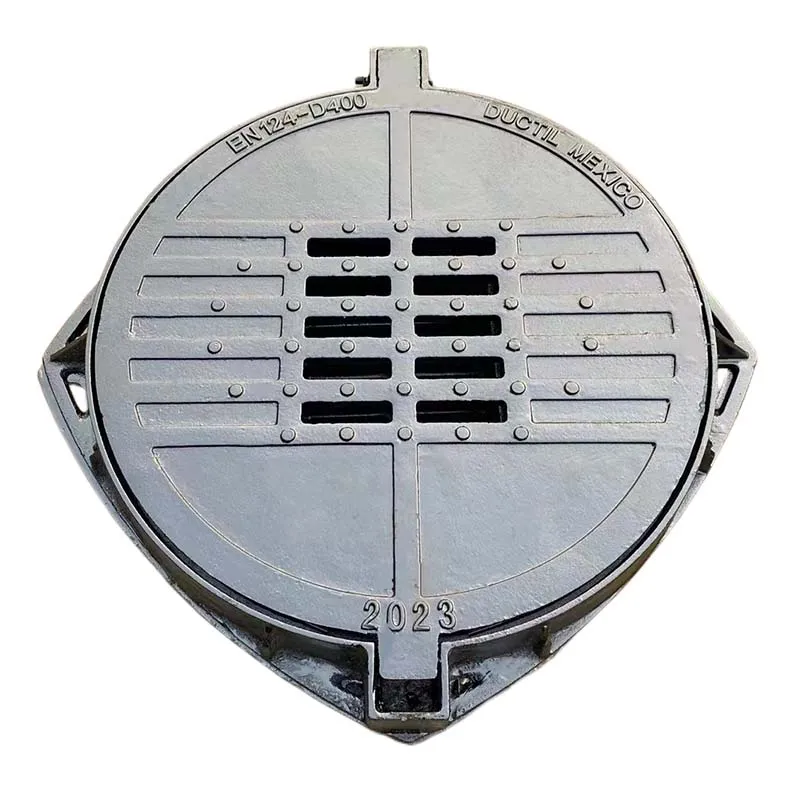Innovative Remote-Controlled Butterfly Valve for Enhanced Flow Management and Efficiency
The Remote Control Butterfly Valve A Modern Solution for Fluid Management
In industrial processes, the effective control of fluid flow is essential for maintaining efficiency, safety, and environmental compliance. One of the most innovative solutions to this challenge is the remote control butterfly valve. This device combines the simplicity of a butterfly valve with modern remote operation technology, providing a flexible and efficient means to manage fluid dynamics in a variety of applications.
Understanding Butterfly Valves
To appreciate the value of remote control butterfly valves, one must first understand what a butterfly valve is. A butterfly valve is a type of quarter-turn valve that uses a rotating disc to regulate fluid flow. It is composed of two main components a disc and a seat. When the disc is rotated 90 degrees, it either fully opens or closes the flow path.
Butterfly valves are widely used due to their compact design, lightweight nature, and minimal pressure drop across the valve when open. They are ideal for applications involving large volumes of fluid and are commonly found in water treatment plants, HVAC systems, and various chemical processing scenarios.
The Shift to Remote Control
Traditionally, butterfly valves required manual operation, which limited their efficiency and the ability to quickly respond to changes in fluid dynamics. The advent of remote control technology has transformed how these valves are utilized, especially in environments that demand real-time monitoring and adjustments.
Remote control butterfly valves are equipped with actuators that can be operated from a distance, using either wired or wireless control systems. This advancement allows operators to manage multi-valve operations from a central control room or even through mobile devices, maximizing operational efficiency and safety.
Advantages of Remote Control Butterfly Valves
1. Increased Safety One of the primary advantages of remote control butterfly valves is enhanced safety. Operators can control flow without needing to be physically present at the valve. This is particularly crucial in hazardous environments where the potential for exposure to dangerous substances exists.
remote control butterfly valve

2. Improved Efficiency Remote operation reduces lag time in responding to flow changes. Operators can make immediate adjustments, which is vital during unexpected changes in pressure or flow rates, ultimately minimizing downtime and operational costs.
3. Data Monitoring Many remote control systems are integrated with advanced sensors that provide real-time data on flow rates, pressure levels, and valve positions. This data enables operators to monitor systems continually, predicting maintenance needs and preventing equipment failure.
4. Versatility Remote control butterfly valves can be adapted for various applications, from municipal water systems to industrial processes. Their flexibility makes them suitable for both on-off and throttling control, giving operators a range of options for fluid regulation.
5. Reduced Labor Costs With remote control capabilities, fewer personnel are required on-site to operate valves. This leads to reduced labor costs and allows workers to focus on more complex tasks that require human intervention.
Implementation and Future Prospects
When implementing remote control butterfly valves, several factors should be considered. These include the choice of actuator, control system design, and integration with existing infrastructure. Moreover, factors such as the environmental conditions and the nature of the fluids being controlled play critical roles in selecting the appropriate materials and technologies.
As technology continues to advance, the future of remote control butterfly valves looks promising. Integration with IoT devices and smart technologies will further enhance their functionality, leading to even greater levels of automation and efficiency in fluid management systems.
Conclusion
In conclusion, remote control butterfly valves represent a significant advancement in the field of fluid management. Their combination of efficiency, safety, and adaptability makes them an indispensable tool in modern industrial applications. As industries continue to evolve and seek innovative solutions for fluid control, remote control butterfly valves will undoubtedly play a crucial role in shaping the future of fluid dynamics. By embracing these technologies, businesses can enhance their operational capabilities, ensuring they remain competitive and compliant in an ever-changing landscape.
-
The Smarter Choice for Pedestrian AreasNewsJun.30,2025
-
The Gold Standard in Round Drain CoversNewsJun.30,2025
-
The Gold Standard in Manhole Cover SystemsNewsJun.30,2025
-
Superior Drainage Solutions with Premium Gully GratesNewsJun.30,2025
-
Superior Drainage Solutions for Global InfrastructureNewsJun.30,2025
-
Square Manhole Solutions for Modern InfrastructureNewsJun.30,2025
-
Premium Manhole Covers for Modern InfrastructureNewsJun.30,2025
